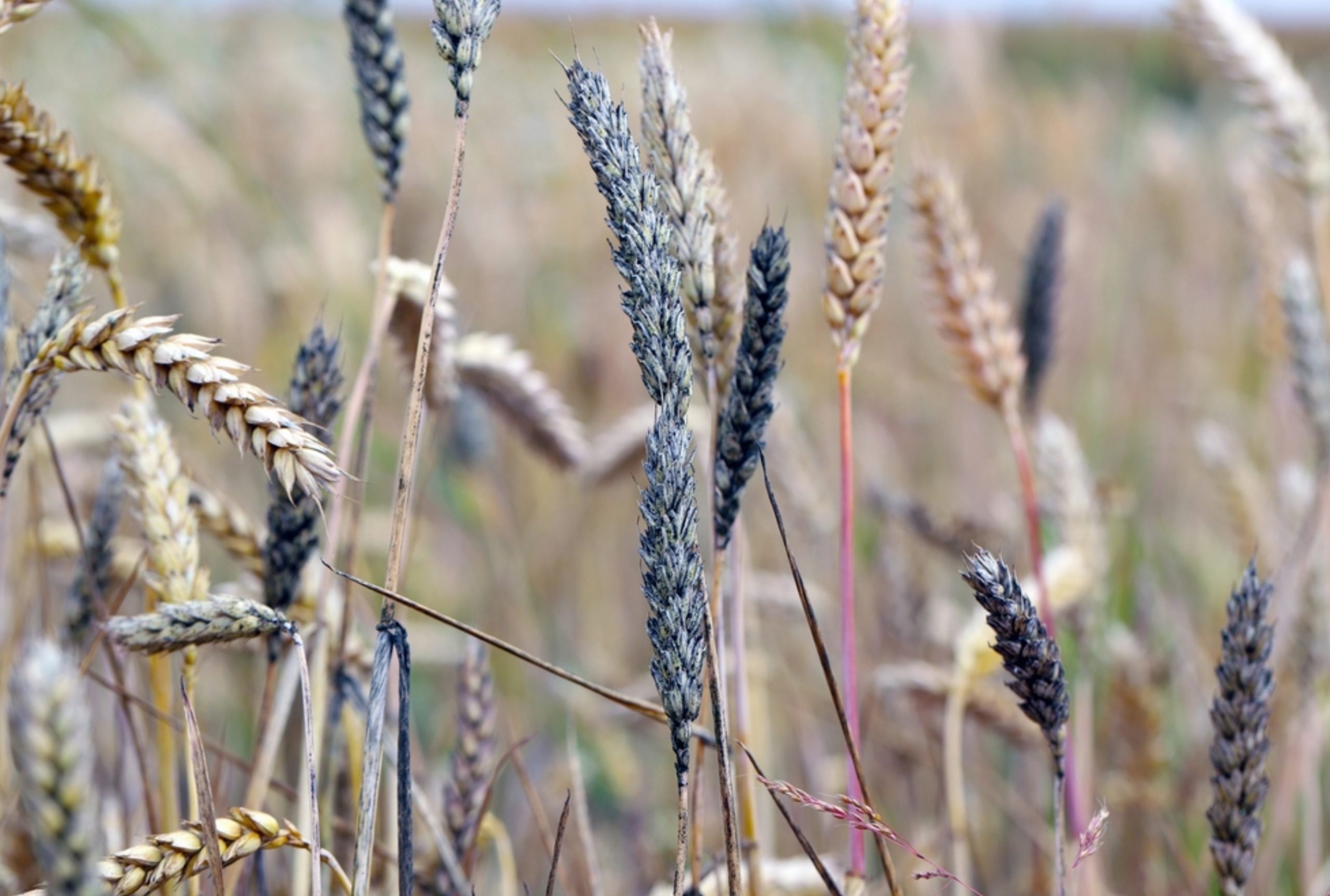New Technologies for Diagnosing Crops Diseases
The prediction that the world population will be 9.7 billion people by 2050 has drawn attention to the fact that at least 70% of the world's crop has to increase to feed the population. So, it is inevitable to use technology to increase productivity in agriculture. The recent increased demand for food supply is struggling with issues like poor soil quality, drought, flooding, rising temperatures, and novel plant diseases.
Monitoring the plant
One effective method is plant health monitoring and disease detection in the early phase. Plant health monitoring is a method with the least environmental impact. It is not expensive and can warn about the water level, soil quality, pathogens, pests, and crops diseases. Pathogen detection ability facilitates immediate actions to stop the disease from spreading.
Monitoring the plant and controlling its health help in-charge people to apply agrichemicals, fertilizers, and medicine to minimize and solve the current condition. Plant sensors are an emerging technology, and they have the potential to increase agricultural productivity.
Diagnosing the condition and crops diseases at a proper time
Diagnostic technologies which can detect conditions and diseases are getting popularity as well. There are several newly developed technologies like lateral flow devices to be used in fields - which are portable devices. However, one other technology for rapid diagnostics is imaging and spectroscopy.
Imaging technology contains methods like hyperspectral imaging, RGB imaging, thermography, and fluorescent imaging. They even might include X-ray spectroscopy and mass spectrometry.
Thermography imaging is a technology to examine an object's heat; it can survey large-scale fields at once. When the temperature of a plant changes, the installed device will detect the change and will even diagnose a problem like abiotic stress or closing stomata. This method seems ideal for monitoring huge lands.
RGB imaging measures any changes in the plant's structure by applying a digital camera to the plant. The obtained digital images and videos are tools for observing the diversity of the plants in the field. Farmers can use their smartphones to monitor a single plant or they can use more advanced sets to monitor whole the field. The data from the monitoring process would be applied to algorithms to detect pests and diseases.
Nanotechnology to detect pests and crops diseases
Nanotechnology is a novel field that has the potential to participate in farms. Today, nanotechnology has been applied in human medicine, health, wearable devices, and pharmaceutics. However, nanotechnology can find a more extended place in agriculture. Nano-fertilizers and agrichemicals besides Nano-sensors for disease detection are among the great and advanced tools to be applied on farms and fields to defeat the problems.
Photo sensors on the fields
Photo sensors report pathogens, toxins, or nutrients. Photo-sensors can rapidly detect pests and diseases; they use those dozens of days from the infection point to the moment the farmer can observe the visible symptoms. This sort of sensor can be installed on the farmland, or it could be planted on a greater scale to observe the land and the fields through satellite and image detection software.



